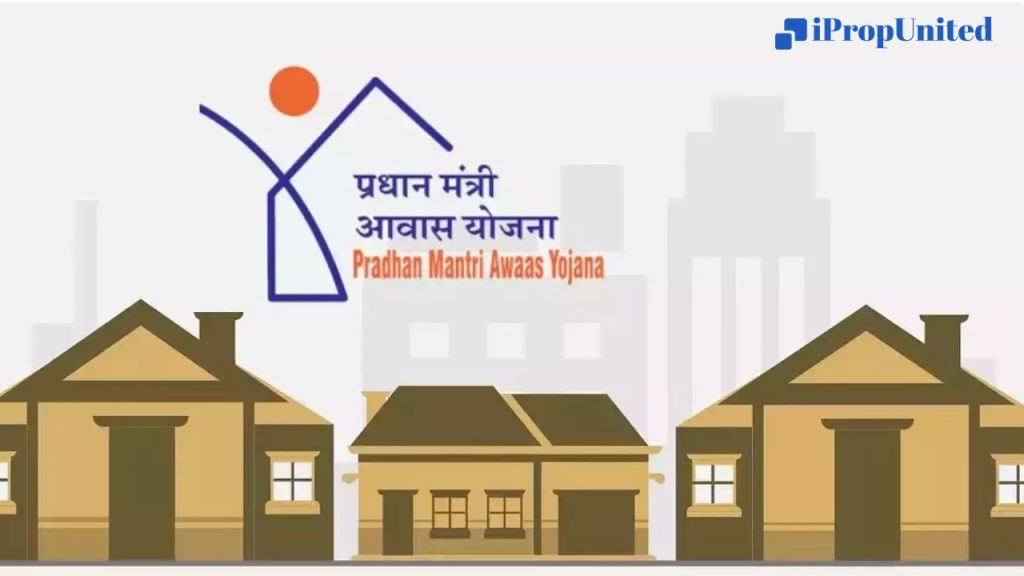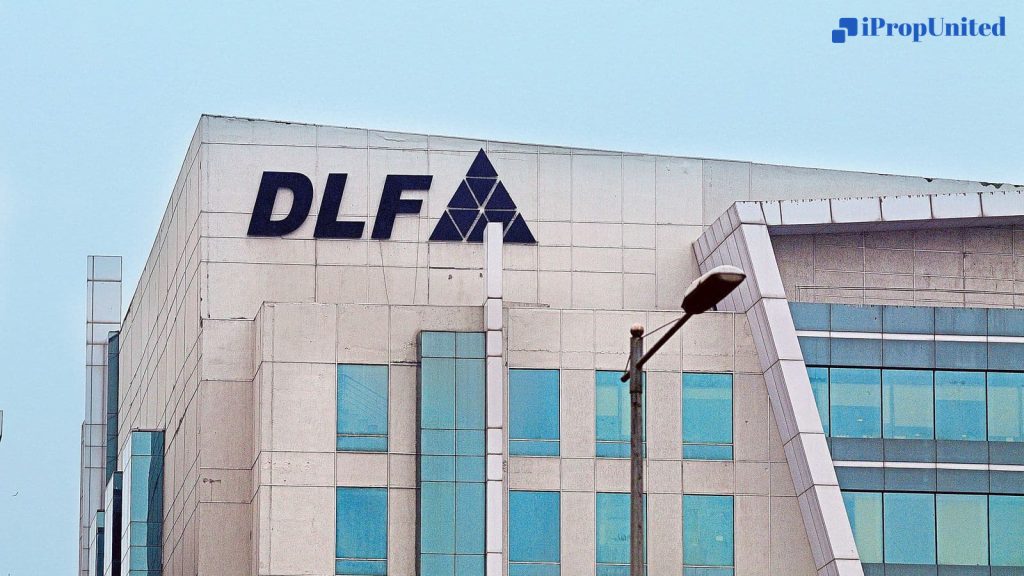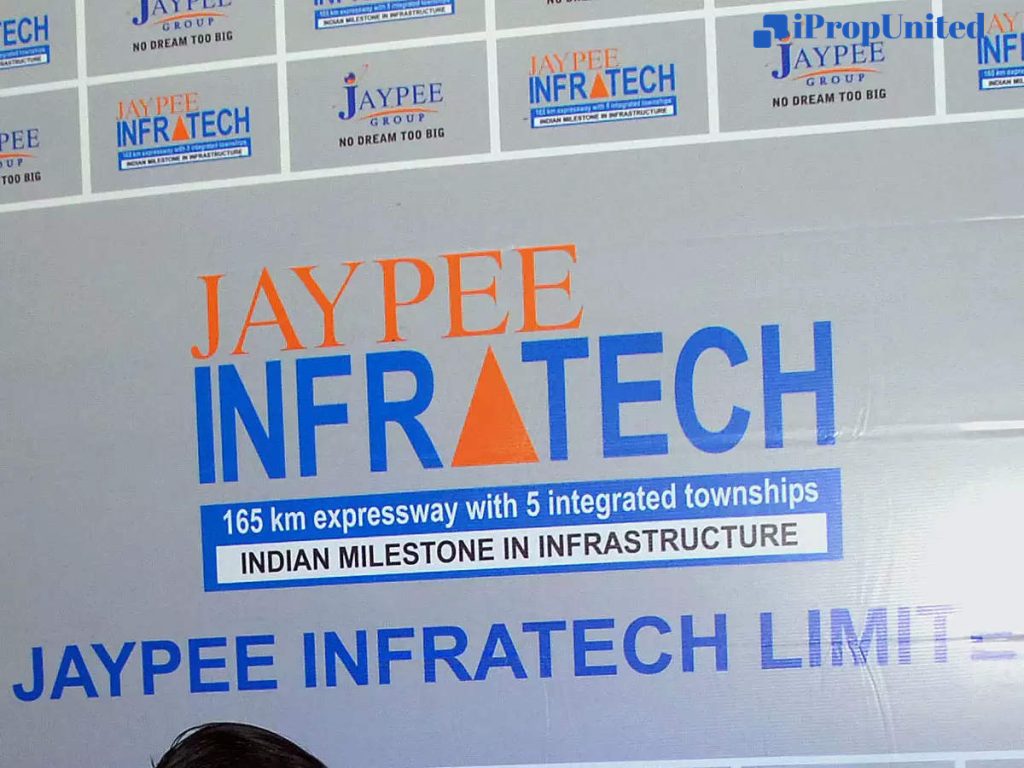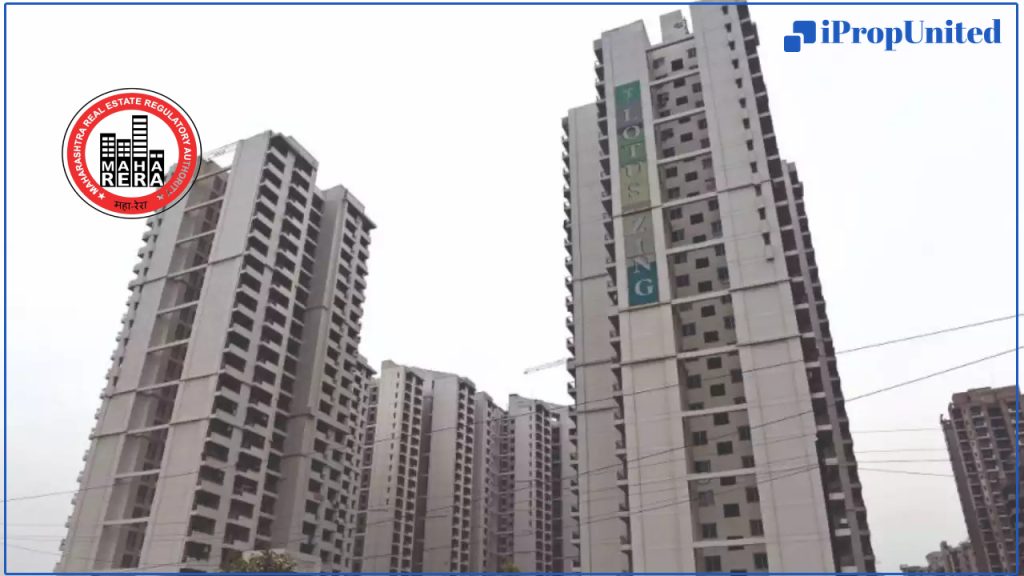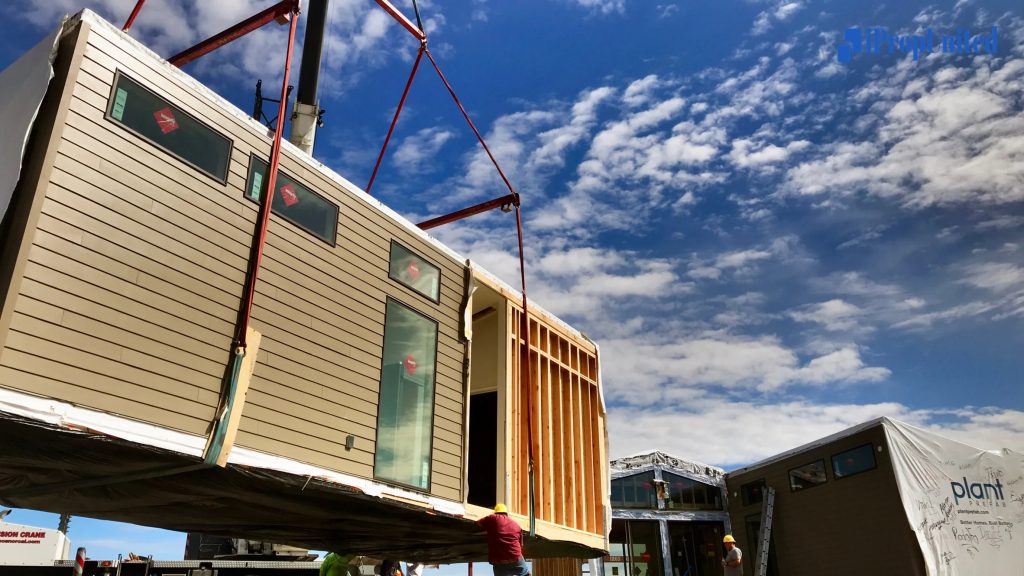Bollywood has always been known for its glitz, glamour, and larger-than-life personas. Among the many stars who have graced the silver screen, there are some who stand out for their towering height and impressive presence. In this blog, we’ll take a closer look at the 10 tallest actresses in Bollywood and their remarkable debut films.
Yukta Mookhey – Height: 5’11”

Former Miss World Yukta Mookhey made her Bollywood debut with the film “Pyaar Koi Khel Nahin” opposite Sunny Deol. Although the film did not do well at the box office, Yukta’s tall frame and confident screen presence caught the audience’s attention.
Diana Penty – Height: 5’10”

Diana Penty made her debut with the film “Cocktail” alongside Saif Ali Khan and Deepika Padukone. Her girl-next-door charm and natural acting skills won her critical acclaim and a place in the hearts of audiences.
Kriti Sanon – Height: 5’10”

Kriti Sanon made her Bollywood debut with the film “Heropanti” opposite Tiger Shroff. Her tall frame and striking features helped her make a strong impact in her very first film.
Nargis Fakhri – Height: 5’9″

Nargis Fakhri made her debut with the film “Rockstar” alongside Ranbir Kapoor. Her tall and lean frame perfectly suited her character in the film, and she went on to become one of the most sought-after actresses in Bollywood.
Deepika Padukone – Height: 5’9″

Deepika Padukone made a stunning debut with the film “Om Shanti Om” opposite Shah Rukh Khan. Her tall and graceful presence on screen helped her make a mark in the industry, and she has since gone on to become one of the biggest stars in Bollywood.
Anushka Sharma – Height: 5’9″

Anushka Sharma made her debut with the film “Rab Ne Bana Di Jodi” opposite Shah Rukh Khan. Her tall frame and charming personality helped her become an instant favourite among audiences.
Sushmita Sen – Height: 5’9″

Former Miss Universe Sushmita Sen made her Bollywood debut with the film “Dastak” opposite Mukul Dev. Her tall and statuesque presence on screen helped her carve a niche for herself in the industry.
Katrina Kaif – Height: 5’8.5″

Katrina Kaif made her debut with the film “Boom” alongside Amitabh Bachchan and Jackie Shroff. Although the film did not do well at the box office, Katrina’s tall and stunning looks helped her become one of the most sought-after actresses in Bollywood.
Sonam Kapoor Ahuja – Height: 5’9″

Sonam Kapoor Ahuja is known for her elegant style and fashion sense. Born on June 9, 1985, in Mumbai. She made her acting debut in the 2007 film “Saawariya” and has since acted in numerous successful films like “Raanjhanaa,” “Neerja,” “Pad Man,” and “Veere Di Wedding.”
Lisa Haydon – Height: 5’10”

Born on June 17, 1986, in Chennai, Lisa is of Indian and Australian descent. She started her career as a model and gained popularity after featuring in the Kingfisher Calendar in 2010. She made her Bollywood debut in the 2010 film “Aisha” and has since appeared in movies like “Queen,” “Housefull 3,” and “Ae Dil Hai Mushkil.”
Follow and Connect with us: Twitter, Facebook, Linkedin, Instagram


